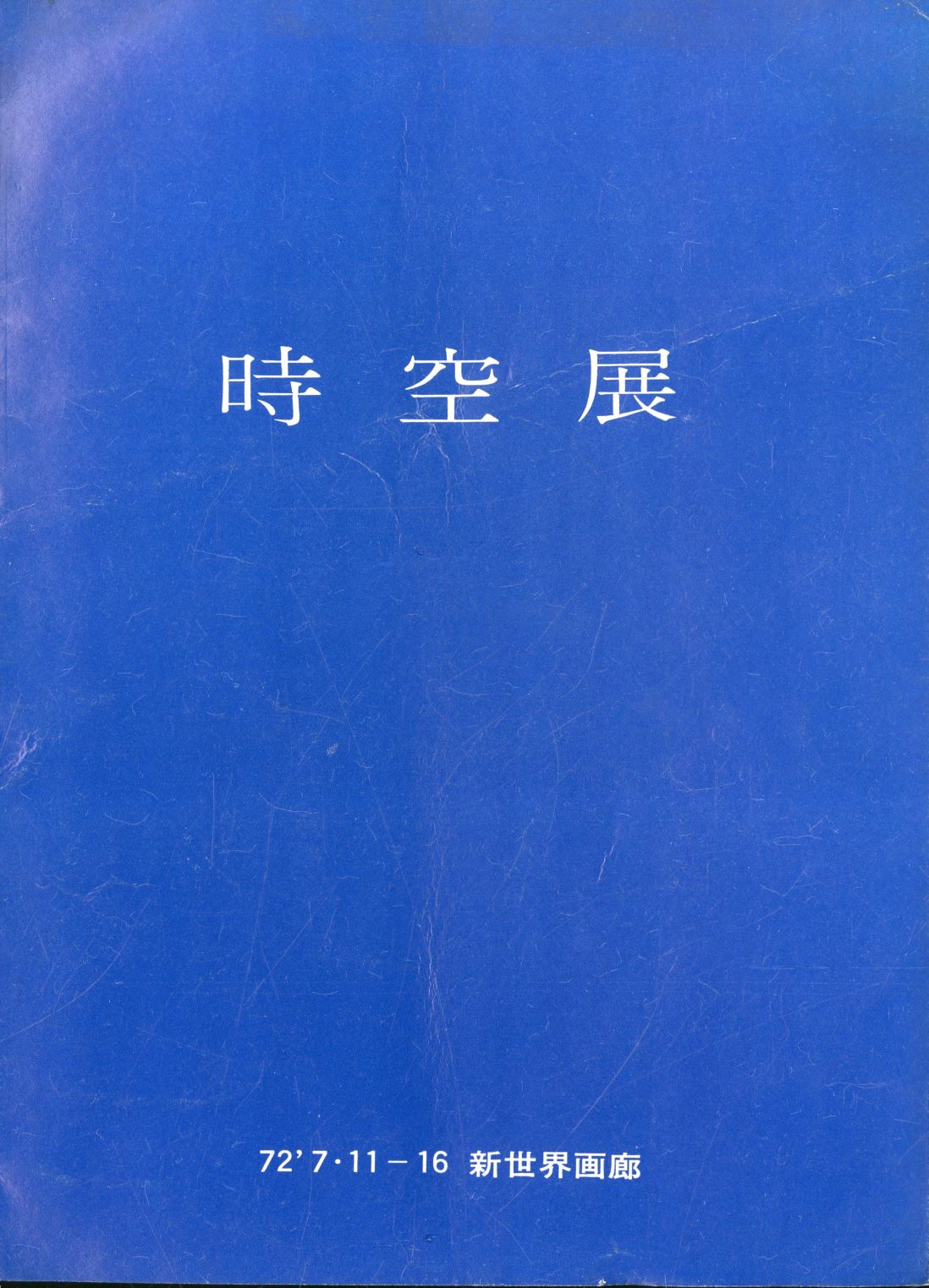
The First Si-Gong Exhibition, Leaflet, 1972. Image provided by Kimdaljin Art Archives and Museum
Si-Gong
* Source: Multilingual Glossary of Korean Art. Korea Arts Management Service
Related
-

Department of Art at Hongik University
Established in 1949, the Department of Art at Hongik University consists of one art theory department and eleven practice-based departments, including painting, Oriental painting, printmaking, sculpture, woodworking and furniture design, metal art and design, ceramics and glass, textile art and fashion design, visual communication design, and industrial design. In 1955, it moved from Jongro-gu, Seoul to the current location in Sangsu-dong, Mapo-gu, Seoul. The history of the College of Fine Arts can be largely divided into the period of the Department of Fine Arts from 1949 through 1953, the period of the School of Fine Arts from 1954 through 1971, and the period of the College of Fine Arts from 1972 until now. In March 1953, the Department of Fine Arts produced the first six graduates, and in the following year the School of Fine Arts with three departments was established. In December 1971, it was upgraded to a college, which exists up to the present. Several exhibitions organized by its graduates are notable, including the Four Artists Exhibition held in 1956 as the first anti-National Art Exhibition (Daehanminguk misul jeollamhoe or Gukjeon) by the third and fourth classes of graduates and the Union Exhibition of Korean Young Artists held in 1967 by graduates from the 1960s as an effort to realize experimental art.
-

Mook Lim-Hoe
A Korean art group founded in 1960 by several alumni of the Seoul National University College of Fine Arts. The group was active until 1964. The name of the group derives from the Korean pronunciation of Molin, the frequent professional and literary soubriquet of the Ming Dynasty art collector Xiang Yuanbian. The group is noteworthy for its experimentation with abstract and semi-abstract works in the classical literati style of colored ink paintings.
-

hangukhwa
A type of painting created during the 20th century that uses traditional Korean materials, techniques, and styles. The term emerged from the criticism that traditional-style paintings were called Eastern paintings in Korea, in contrast to China, where they were called national-style paintings, and Japan, where they were called Japanese-style paintings. The term hangukhwa (Korean Painting) entered official use following the overhaul of the educational curriculum in December 1981, and the appearance of the term Korean painting, with the subcategories ink wash painting [sumukhwa] and ink and light-colored painting [damchaehwa] were listed in art textbooks from 1983. The Grand Art Exhibition of Korea also began using the term hangukhwa (Korean Painting), as opposed to Eastern painting, in 1982. Prior to this, Hankukhwahui (Korean Painter’s Association) was used as a collective term for such Korean painters in 1964 and Kim Youngki (pen name Chunggang) argued to use the term Korean painting to define national identity in his essay “On hangukhwa (Korean Painting) and Criticism.” Criticism that Korean paintings, unlike the national paintings of China and Japan, do not have a narrative theme, and that the use of such a term was contrary to contemporary artistic trends, resulted in the term “hangukhwa (Korean Painting)” failing to achieve mainstream use. Hangukhwa (Korean Painting) is currently used interchangeably with the term Eastern painting.
Find More
-

Origin Fine Arts Association
The Origin Society was an art group founded by abstract artists who studied at Hongik University, including Kwon Youngwoo, Kim Sooik, Kim Taekhwa, Suh Seungwon, Shin Kiock, Lee Sangrak, Lee Seungjio, and Choi Myoungyoung. Criticizing the critically dominant Art Informel movement in Korea, the group attempted to explore the use of geometric forms as the fundamental basis for their art, and claimed that only their work represented the true avant-garde tradition. They held their first exhibition at the Korean Information Service Gallery in September 1963. Geometrical abstraction remained the distinctive feature of the group until its tenth exhibition in 1974, however, due to disagreements about the conceptual orientation of the group, the Origin Society was disbanded and re-established with a new name Origin II in 1975. By the late 1970s Dansaekhwa paintings were the dominant style of the group.
-

Korean Contemporary Sculpture Society
An art organization formed in 1969 by alumni of the Hongik University Department of Sculpture, including Kim Chanshik, Choi Kiwon, Kim Youngjung, Lee Seung-taek, Park Suk-won, and Cho Sungmook. The society advocated for “a site of the new generation, a turbulent globality,” and it sought to experiment with sculpture using different styles and content to reflect the changes of the time. After the inaugural exhibition 1969 at Press Center of Korea Gallery, the group held one or two exhibitions each year, choosing a young artist and providing support so that he or she may hold an exhibition.






